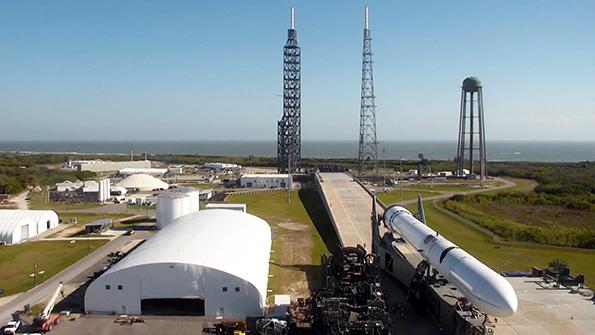
Credit: Blue Origin
CAPE CANAVERAL—A New Glenn test vehicle was rolled out from Blue Origin’s Integrated Test Facility at Cape Canaveral Space Force Station (CCSFS) on Feb. 21 for a launchpad tanking test, a key milestone as the Jeff Bezos-owned space company prepares for its first orbital launch this year. Supported...
Subscription Required
New Glenn Rolls To Launchpad For Tanking Test is published in Aerospace Daily & Defense Report, an Aviation Week Intelligence Network (AWIN) Market Briefing and is included with your AWIN membership.
Already a member of AWIN or subscribe to Aerospace Daily & Defense Report through your company? Login with your existing email and password.
Not a member? Learn how you can access the market intelligence and data you need to stay abreast of what's happening in the aerospace and defense community.





